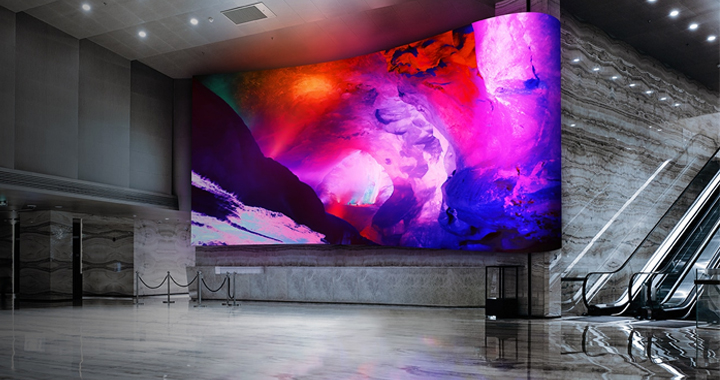
The Future of Displays: LED Screens Revealed
LED displays are a all-pervasive part of our modern entire world, flashing adverts, menus, and announcements everywhere we go. But perhaps you have stopped to ponder exactly how these mesmerizing monitors operate? For many years, LED technologies have been pushing the restrictions of obvious display quality and radiant colors actually, we quite often overlook how complex and revolutionary these displays truly are. With this post, we’ll delve into the field of LED displays, looking at the direction they operate, the technology behind the pixelation, along with their numerous programs.
To start out, let’s investigate the basic principles of led screen. As you may know, LED is short for Gentle Giving out Diode, a semiconductor system that produces gentle when a current flows through it. Each LED pixel inside a display is comprised of a group of small red-colored, eco-friendly, and azure diodes, which together produce the complete array of shades we see around the screen. These diodes are organized in a grid of sorts, with the number of pixels and also the space between the two diverse according to the display’s resolution. The solution is largely the level of aesthetic depth the screen can display.
Now, the most crucial development in LED displays is known as Heartbeat Width Modulation (PWM) technologies. This can be a means of handling how brightly every single LED ‘node’ shines and how extended it continues to be brilliant before dimming. The technique operates by quick-fireplace converting – turning the LED on and off an incredible number of instances per next – to generate the false impression of any steady light source. By changing the length of time that each LED is on or off in a pattern, the screen controller can manage the lumination and tone of every pixel.
Another significant element of the LED revolution is the usage of high-solution displays. Upscaling technology has assured that screen image resolution will keep scaling higher and higher, together with the most sophisticated displays made up of around 8 million pixels or more. These solutions are capable of making incredibly obvious and specific graphics, which are used for everything from concerts and sporting events to electronic signs.
Where LED displays really shine, nevertheless, is in their flexibility. As well as being excellent for billboards and electronic signage, LED displays can also be popular for scoreboards, tracks, and movie wall surfaces. They’re even employed in home live theatre systems, getting the cinema practical experience into the living room. LED technical can also be getting its way into the hands and wrists of artists and creatives, becoming a completely new method for beautiful aesthetic installs.
short:
Regardless if you are wandering through Periods Sq or watching the Very Pan, LED displays are typical around us, producing our lives more fascinating and handy in numerous ways. Using their vibrant colours, intricate detail, and adaptable programs, LED displays have become an essential part of modern technologies. Hopefully, this short article aided you take pleasure in the intricacy and miracle behind LED displays and all sorts of that they need to supply. With improvements driving a car the way forward for pixels and-resolution displays, there is no telling how far LED technological innovation will require us. So, next time you can see an LED display, take the opportunity to appreciate the technological innovation behind the magic that is placed inside of.




